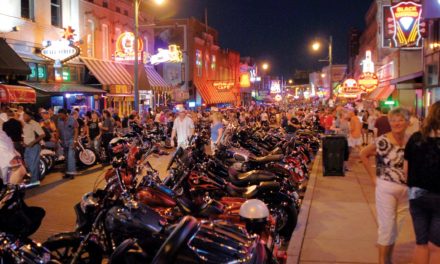From Better Cities and Towns:
By Robert Steuteville
Recently I criticized the design of a supposedly nonpolluting, “net zero” Walgreens in Evanston, Illinois. Aside from the raft of solar panels on the roof, the store looks like it could be located by any Interstate interchange. The store is, in fact, in a walkable neighborhood, one block from a Chicago Transit Authority station. The claim of “net zero” strikes me as flimsy — note the SUVs in the parking lot and that much of the merchandise will be shipped from Asia — but mostly I object to the parking in front. The store design diminishes the walkability of the neighborhood, which cancels out the energy savings of the building itself.
An urban designer and architect whom I respect implied I was making too big a deal of this issue. While he agreed that the city and Walgreens should do better, he wrote on a professional listserv that “in the world of fish to fry, I think we can find bigger ones.”
Note: This article is in the April-May 2013 of Better! Cities & Towns. Subscribe and get all of the reports packaged in a convenient, tactile format delivered to a special box on your doorstep. Some of our reports are for paid subscribers only.
Here’s why I don’t think this issue should be diminished. The world of retail is changing, fast. The business model that national retailers followed in recent decades was turned upside down by the housing crash. The retailers, which must build stores each year to increase revenues, have long developed at the suburban fringe — confident that growth will bring new customers to their stores.
Now that sprawl has slowed considerably, retailers are faced with a lot of underperforming, low-value stores in the suburbs. These stores were built cheaply and they get old, fast. They must be refurbished periodically to remain viable. While some retailers will choose to maintain suburban stores, many will not if the investment value is low.
 The Evanston “net zero” Walgreens.
The Evanston “net zero” Walgreens.
According to Reshaping Metropolitan America, 50 billion square feet of nonresidential property in the US — much of it strip commercial retail — will be ripe for redevelopment in the years 2010 to 2030. This huge redevelopment potential could be used to transform the built environment in the US.
The national retailers will need in the coming years to build more and more in redeveloped and infill locations. They are changing their formats when they are required to, but not otherwise.
What’s at stake
At stake are mediocre streets that are connected to street networks and need to become complete streets, sites near transit that are marginally walkable now and should be improved, and strip malls with the potential to be redeveloped into mixed-use urban villages. Much of the future built environment will be determined by how commercial sites are developed.
Cities like Evanston, with density and transit access in major urban markets, are where retailers must locate in the coming decades. But in order to avoid typical suburban buildings, cities usually must reform their zoning. That’s the only way that officials can make a corporation like Walgreens change their format to appeal to pedestrians.
National retail chains are laggards when it comes to buildings that promote walkability. They are looking for urban sites, but they still want to build the same suburban formats. In the Evanston location and similar places all across America, city officials should demand better. If they don’t, they are selling themselves short and undermining walk appeal. When enough cities change their codes, Walgreens and other retailers will create better urban formats.
To get cities and towns to demand better retail stores, we will need to “fry some fish,” or even turkeys. I’m planning some barbecues, and everyone is invited.



